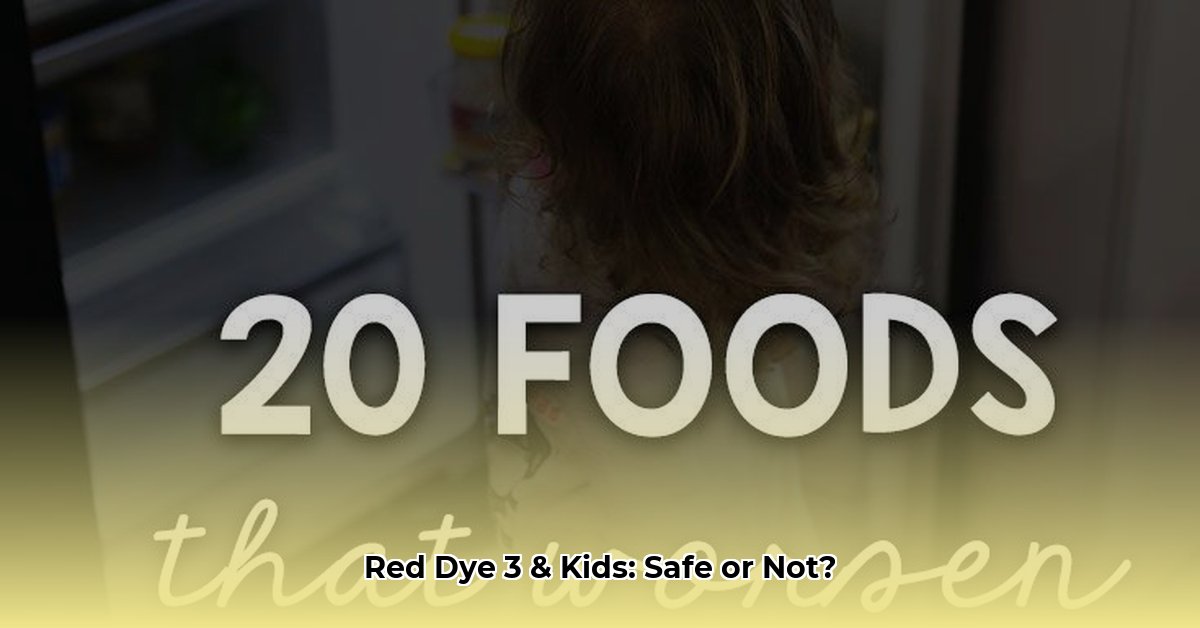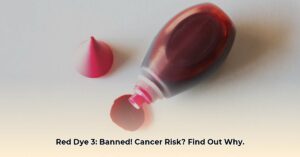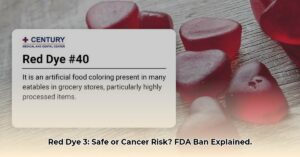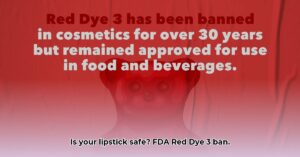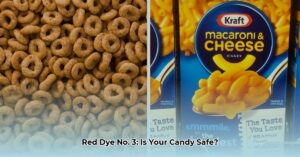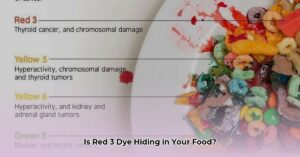The FDA’s ban on Red Dye 3 (erythrosine) in food and ingested drugs and supplements, effective January 2027/2028, has raised questions for many parents. While the ban stems from cancer concerns observed in animal studies, many parents wonder about its purported link to hyperactivity in children. This article clarifies the science behind the ban, explores the complex relationship between Red Dye 3 and hyperactivity, and offers practical guidance for parents navigating a Red Dye 3-free world.
Understanding the FDA Ban
The FDA’s decision to ban Red Dye 3 is a precautionary measure based on studies suggesting a potential link to tumor development in rats. While the studies don’t definitively prove that Red Dye 3 causes cancer in humans, the FDA prioritized consumer safety, particularly for children, by removing it from the food supply. This ban applies to food and ingested drugs and supplements. Cosmetics containing Red Dye 3 were banned in 1990. California, demonstrating its commitment to public health, preemptively banned this and other food dyes in 2023, further paving the way for the national ban which will take full effect in 2028.
Does Red Dye 3 Cause Hyperactivity?
The link between Red Dye 3 and hyperactivity is complex and not fully understood. While some studies suggest a possible connection, especially in children with ADHD, a definitive causal link has not been established. The existing research is largely observational, making it difficult to isolate the effects of Red Dye 3 from other factors like sugar and other additives often present in foods containing the dye. With the ban in place, future research on this specific connection will likely be more challenging.
Navigating a Red Dye 3-Free World: A Parent’s Guide
While avoiding Red Dye 3 is now simpler due to the FDA ban, informed choices remain essential. Here’s how parents can navigate this change:
Reading Labels:
Even post-ban, checking labels for lingering products is a good habit. Look for “Red Dye 3,” “FD&C Red No. 3,” or “erythrosine.” “Dye-free” or “all-natural colors” labels offer reassurance.
Embracing Natural Alternatives:
Nature provides a wealth of vibrant and safe color options. Beet juice, turmeric, and annatto are just a few examples of natural colorings gaining popularity. Experimenting with these in your kitchen can be a fun and healthy activity to do with your children.
Managing Hyperactivity Holistically:
If you’re concerned about your child’s hyperactivity, remember that diet is just one factor. Sleep, exercise, and underlying medical conditions can also contribute. Consult your pediatrician for personalized guidance. Behavioral therapy, dietary adjustments, and other strategies can be explored together to create a tailored plan.
Medications:
If your child takes medication that previously contained Red Dye 3, discuss dye-free alternatives with your pharmacist.
The Bigger Picture: Diet and Behavior
The Red Dye 3 situation highlights the broader connection between diet and behavior. While research is ongoing, it suggests that artificial colors and preservatives may play a role in some children’s behavioral challenges. This underscores the importance of a balanced diet rich in whole, unprocessed foods.
Looking Ahead
The FDA ban on Red Dye 3 is a significant step towards ensuring food safety. Ongoing research may further illuminate the connection between food dyes and children’s behavior. Staying informed and advocating for greater transparency in food labeling are essential for parents. Remember, current scientific understanding is always subject to change with new research. Future studies may offer new insights. Some experts suggest certain individuals could be more susceptible to the effects of these dyes than others.
Resources:
While we cannot link directly to individual studies without specific citations, parents can find valuable information on reputable websites like the FDA (https://www.fda.gov/), and by searching for terms like “Red Dye 3 FDA Ban”, or “Erythrosine FDA” on search engines.
Remember, consulting with your pediatrician or a registered dietitian can provide tailored advice specific to your child’s needs and health. They can help you develop a comprehensive plan that addresses all relevant factors.

